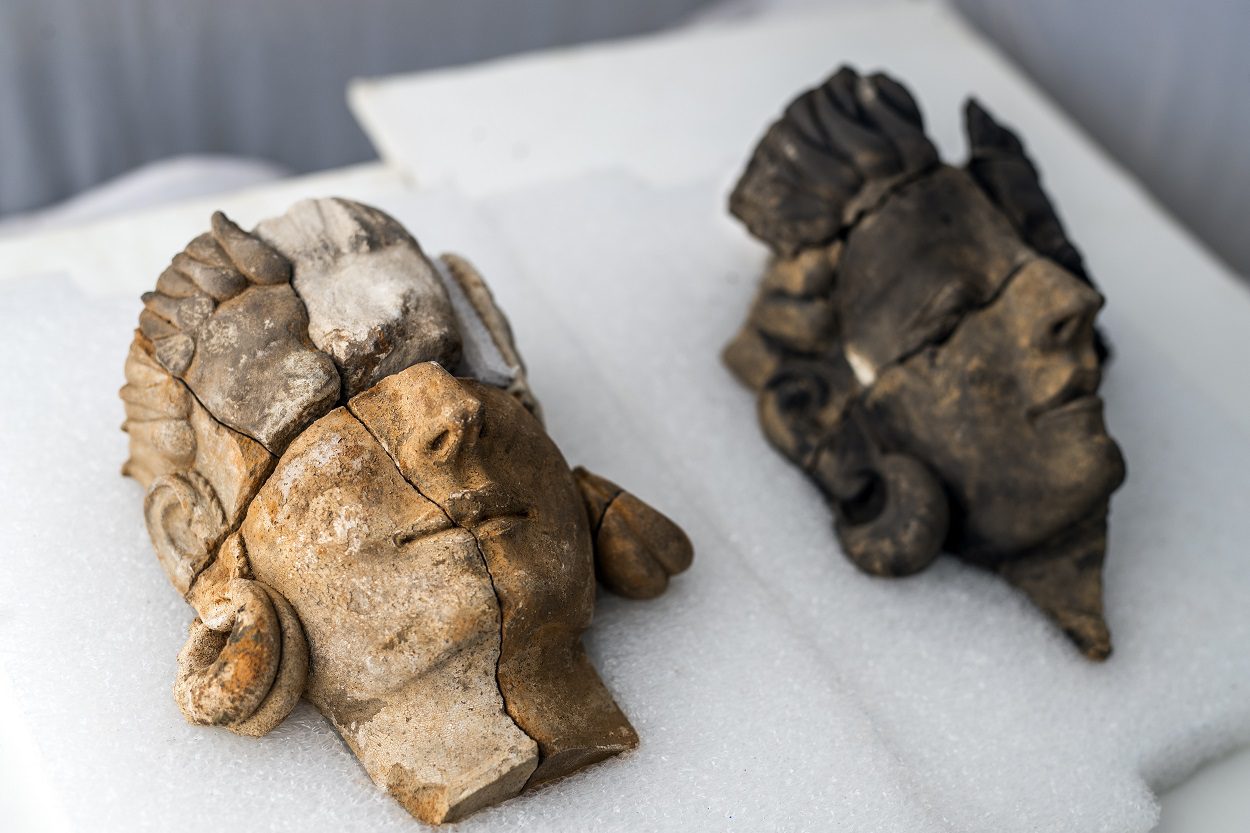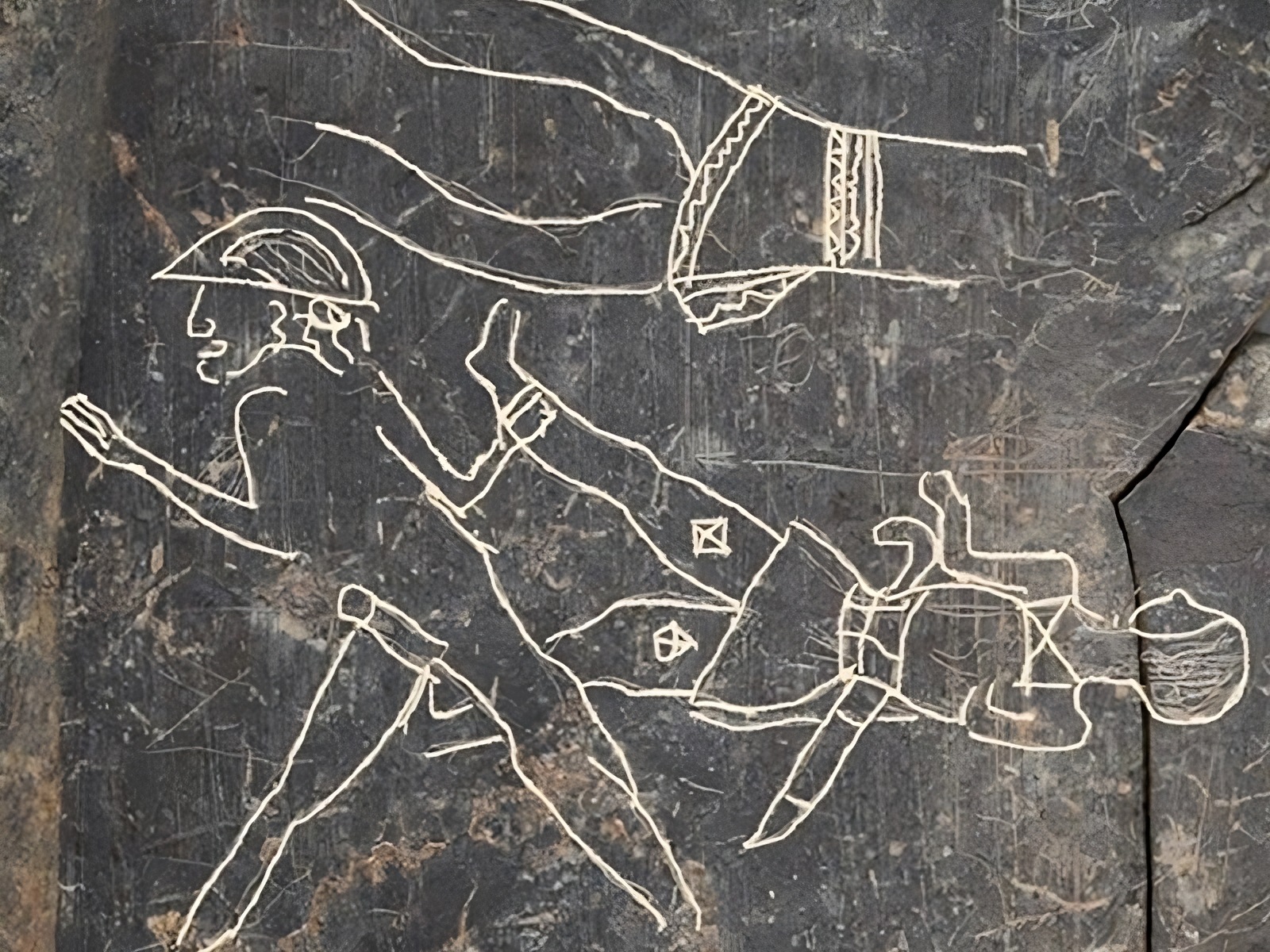Archaeologists from the Institute of Archaeology of Mérida (IAM) and the CSIC have uncovered a slate plaque depicting warrior scenes at the Casas del Turuñuelo archaeological site.
Casas del Turuñuelo is a settlement and ceremonial centre associated with the Tartessos culture. The Tartessian people inhabited parts of the southern Iberian Peninsula and are characterised by a mixture of local Paleo-Hispanic and Phoenician traits.
The culture is also known for their advanced skill in metallurgy and metal working, creating ornate objects and decorative items.
The Casas del Turuñuelo site dates from the 5th century BC and is located in the present-day municipality of Guareña in Spain.
Recent excavations have uncovered a slate plaque engraved with warrior scenes, geometric figures, and human-like faces. The archaeologists suggest that the object is a goldsmith’s slate, used for practicing and referencing motifs before engraving them onto more valuable materials such as gold or ivory.
Esther Rodríguez from the Higher Council for Scientific Research, said: “This discovery represents a unique example in the archaeology of the peninsula and brings us closer to the knowledge of the artisanal processes in Tartessos.”

According to the researchers, the discovery further adds to our knowledge about Tartessian clothing, weaponry, and headdresses. It builds on the notable 2023 finding at Casas del Turuñuelo, which revealed the first human representations of the Tartessos people.
Excavations have uncovered architectural elements of a monumental building with multiple rooms and floors. Four rooms have been excavated so far, revealing items linked to artisan production, including iron tools, ceramics with incised decoration, small containers, and loom weights still in the process of being made.
Header Image Credit : CSIC
Sources : Higher Council for Scientific Research





